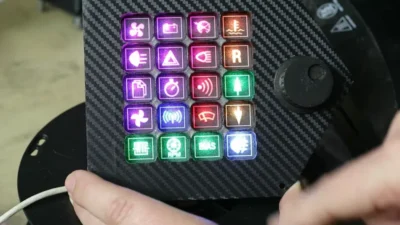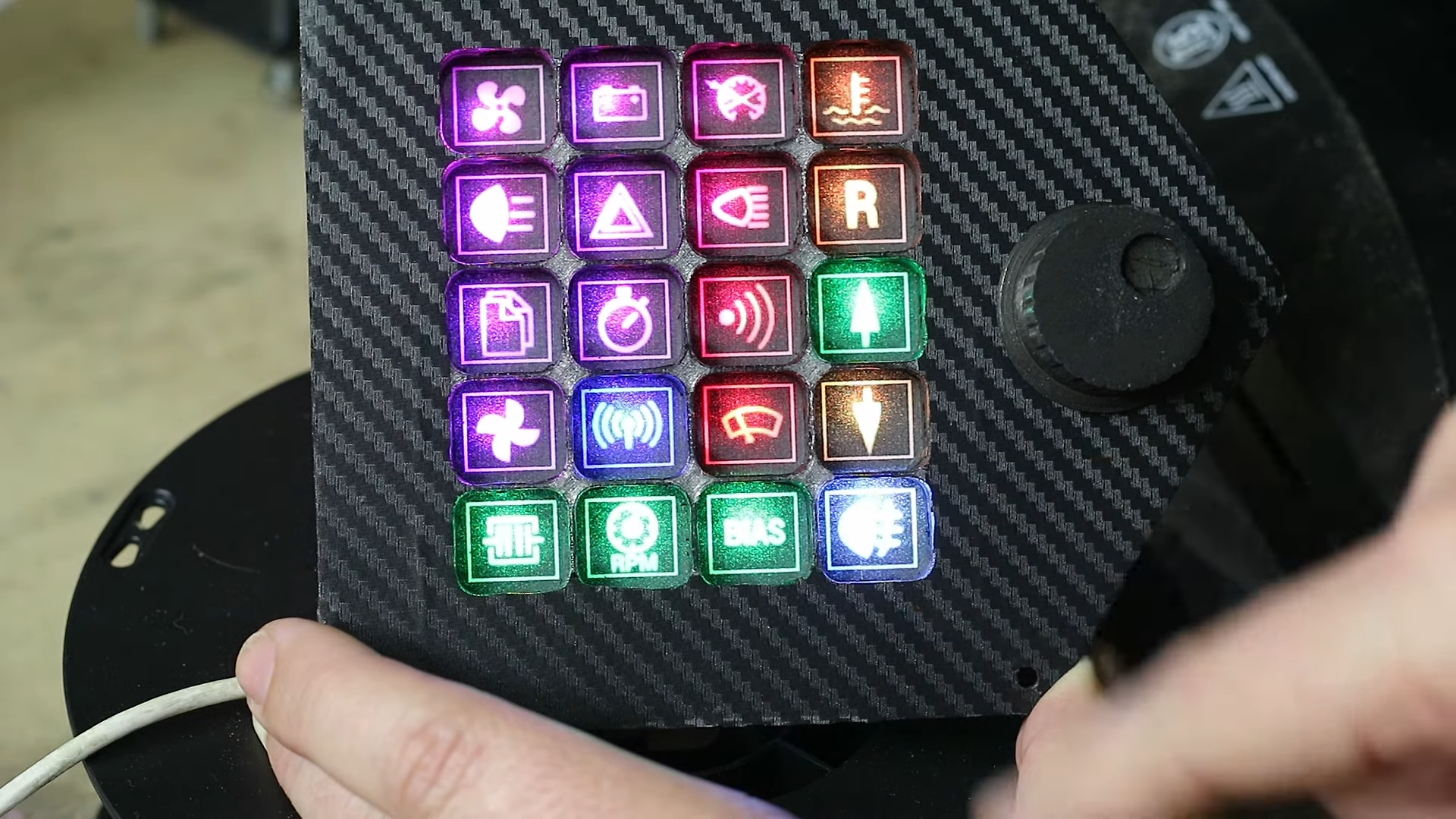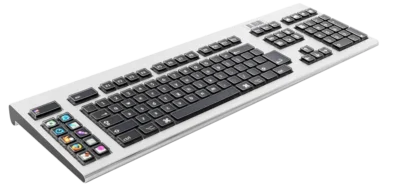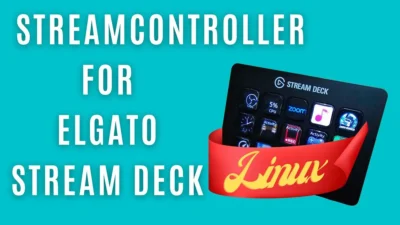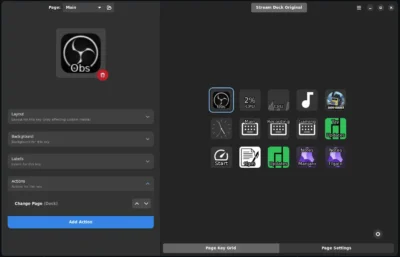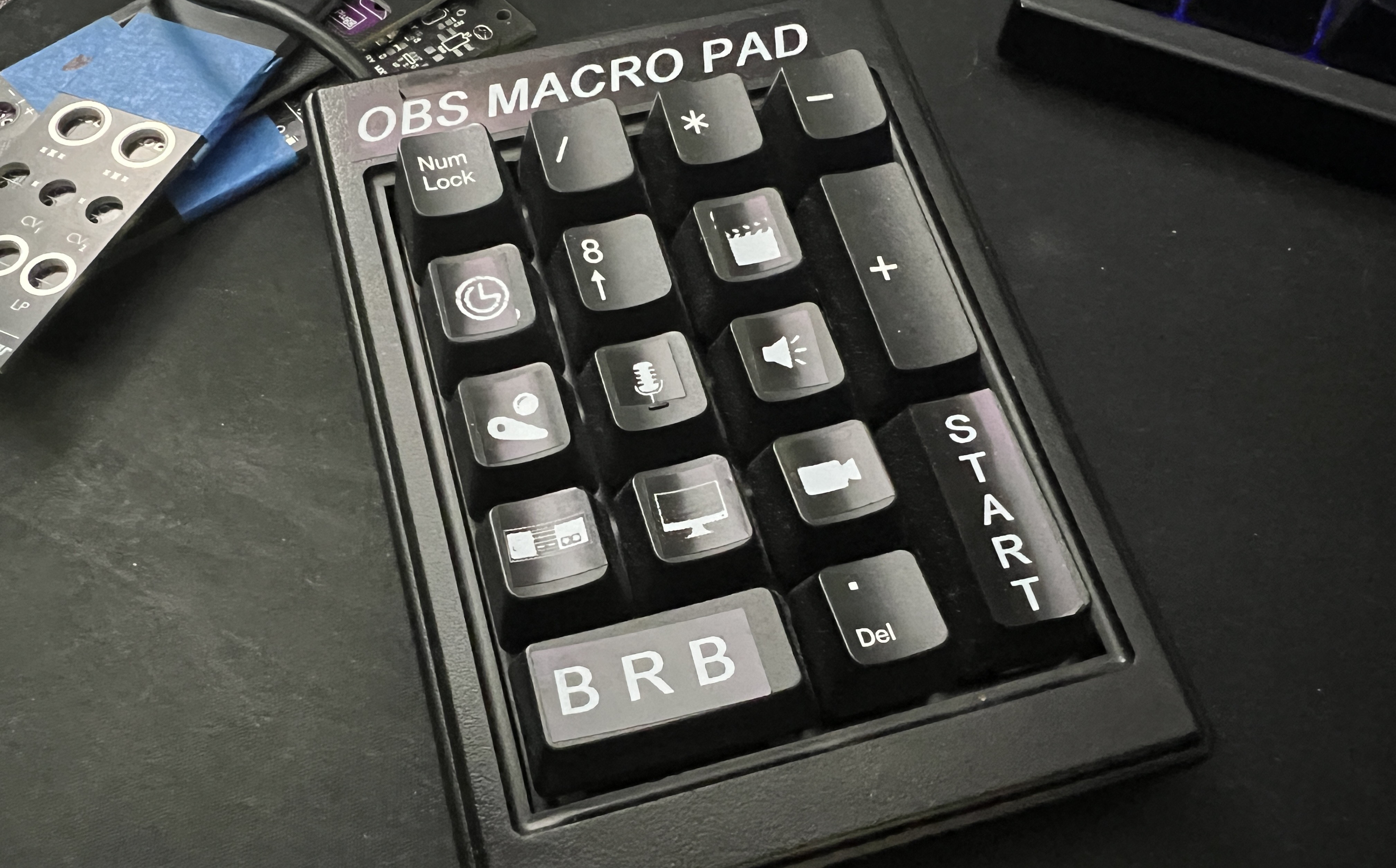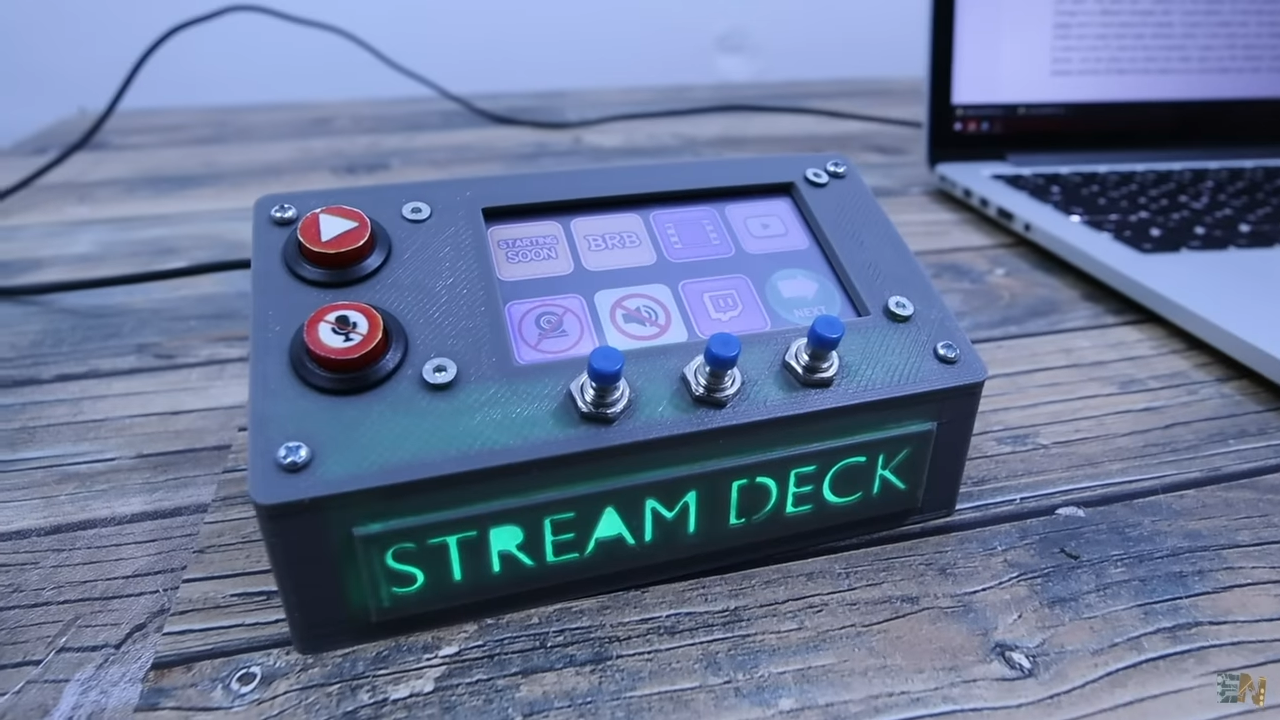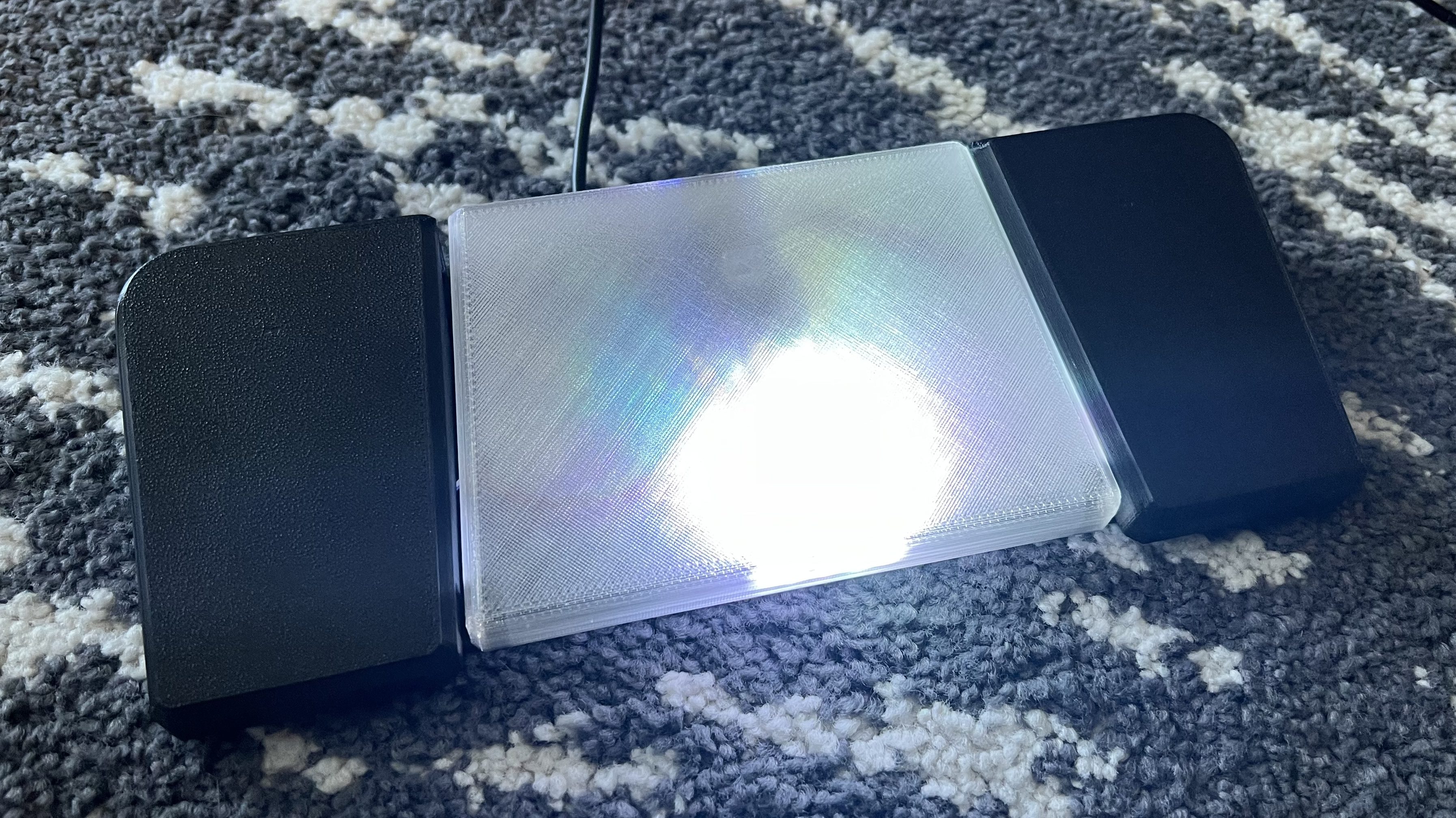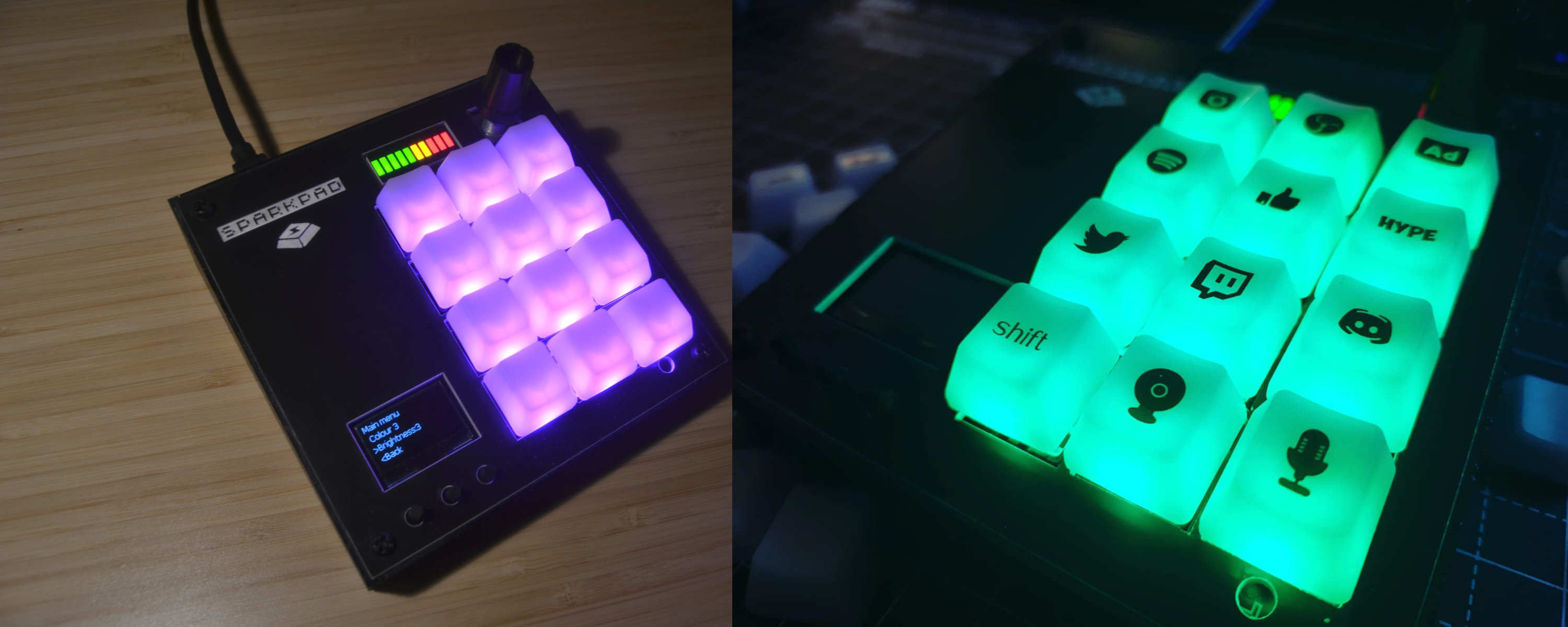Bitfocus Companion is a Cross-Platform Open-Source app for the Elgato Stream Deck

Bitfocus Companion enables the reasonably priced Elgato Streamdeck and other controllers to be a professional shotbox surface for an increasing amount of different presentation switchers, video playback software and broadcast equipment. It has over 500 ready-to-use connectors to interface with numerous hardware devices (for presentations, music and video production work, cameras, etc) and for software services (YouTube, Twitch, Google Sheets, Zoom, OBS Studio, Slack, Home Assistant, etc).
In this video, I show how I’m using it for general gaming and productivity use at home. I show examples of how to start creating buttons, how to use delays and feedbacks, and some workarounds for auto-page changing (if you have a small deck), using global shortcut keys under Wayland and X11, opening an Obsidian Note, running OS updates, and more. I also show a workaround I use in gaming to hold a button to execute repairs whilst I do other things in the War Thunder game, like shooting back at the enemy.
My Stream Deck also works as a mini-dashboard for my Home Assistant to alert me of warning conditions for my solar system, home router, server, etc.
I spend some time too on the page I use for OBS Studio which has a button that visually shows the microphone recording level, zooming controls, warnings for microphone muted, etc.
The video is intended to give you a feeling of what this software can do and what its interface looks like. I also do a quick high-level comparison of how it compares to the StreamController software, which I did a video about a month or two back. In that video, I also showed how I use a Stream Deck to automate some spreadsheet functionality.
Watch youtube.com/watch?v=zakLajaUZY…
#Blog, #opensource, #productivity, #StreamDeck, #technology
